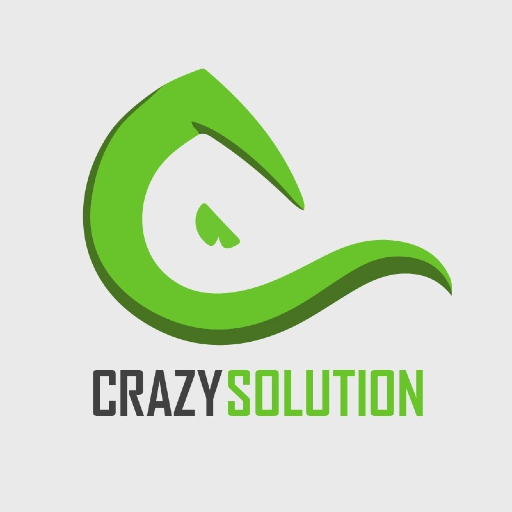In an era defined by rapid technological advancements and evolving industry landscapes, the trajectory of a professional career is rarely linear. Navigating career changes successfully and proactively building a robust professional development plan have become indispensable skills for individuals seeking sustained growth and fulfillment in their chosen fields. This article delves into the critical aspects of these interconnected concepts, offering actionable insights for both those contemplating a career shift and those committed to continuous professional evolution. The Imperative of Intentional Career Transitions: Gone are the days of a single, lifelong career path. Today's professionals are increasingly embracing career changes driven by personal aspirations, industry disruptions, or unforeseen circumstances. However, a successful transition is not a matter of chance; it demands thoughtful planning and introspective self-assessment. The initial step involves a deep understanding of one's "why." What truly motivates the desire for change? Is it a quest for greater fulfillment, a better work-life balance, alignment with personal values, or the pursuit of emerging opportunities? Reflecting on core interests, identifying transferable skills honed in previous roles, and aligning these with long-term career aspirations forms the bedrock of a purposeful transition. This clarity of motivation provides direction and resilience during potentially uncertain times. Exploring options with an open mind is equally crucial. Researching industries and roles that resonate with your values and desired lifestyle, conducting informational interviews with professionals in target fields, and honestly assessing any skill gaps are vital steps. Embracing continuous learning through courses, certifications, or side projects can bridge these gaps and open new avenues. A strategic action plan, broken down into smaller, achievable goals with realistic timelines, provides the roadmap for a successful transition. This plan should encompass skill development, targeted networking within the desired industry, and a meticulously updated resume and online professional presence that highlights transferable skills and relevant accomplishments. Financial preparedness for potential income fluctuations and seeking support from mentors or career coaches further bolster the journey. The execution phase requires focused action, active job searching, and tailored applications, coupled with the adaptability to learn from setbacks and refine the strategy along the way. Ultimately, embracing a career change is about embracing the journey itself, fostering resilience, and maintaining a growth mindset that views challenges as opportunities for learning and evolution. The Strategic Imperative of a Professional Development Plan: Complementary to navigating career changes is the proactive creation and consistent implementation of a professional development plan. In a dynamic job market, continuous learning is not merely advantageous; it is essential for staying competitive and relevant. A professional development plan serves as a personalized roadmap for lifelong learning, targeted skill enhancement, and the achievement of long-term career goals. The journey begins with a comprehensive self-assessment. Identifying existing strengths and recognizing areas for improvement, often informed by feedback from colleagues and performance reviews, provides a clear understanding of the current professional landscape. Defining clear career goals, both short-term and long-term, and aligning these with personal values and interests establishes the desired destination. The subsequent step involves setting SMART goals – Specific, Measurable, Achievable, Relevant, and Time-bound. This framework ensures that development objectives are clearly defined and progress can be effectively tracked. Once goals are established, outlining the specific activities to achieve them is paramount. This may include formal training programs, informal learning through industry publications and online resources, on-the-job learning through stretch assignments and mentorship opportunities, and active networking to broaden perspectives and identify new avenues for growth. Integrating the professional development plan into one's schedule and consistently tracking progress are crucial for maintaining momentum. Regularly reviewing goals, assessing their continued relevance, and adapting the plan based on new opportunities or evolving career aspirations ensures its ongoing effectiveness. Cultivating a commitment to continuous learning and embracing a willingness to pivot when necessary are hallmarks of a proactive and successful professional. Synergistic Growth: Navigating career changes successfully and building a robust professional development plan are not mutually exclusive endeavors; rather, they are intrinsically linked. A well-defined development plan equips individuals with the skills and knowledge necessary to confidently pursue and thrive in new career paths. Conversely, the experience of a career change often highlights areas for future professional development, informing and refining the ongoing learning journey. Conclusion: In the modern professional landscape, adaptability and a commitment to lifelong learning are no longer optional extras but fundamental requirements for sustained success. By approaching career changes with thoughtful planning and a proactive mindset, and by strategically investing in a personalized professional development plan, individuals can navigate the complexities of the evolving job market with confidence, resilience, and a clear trajectory towards fulfilling and impactful careers. Embracing these interconnected strategies empowers professionals to not only survive but to thrive in the dynamic world of work.


